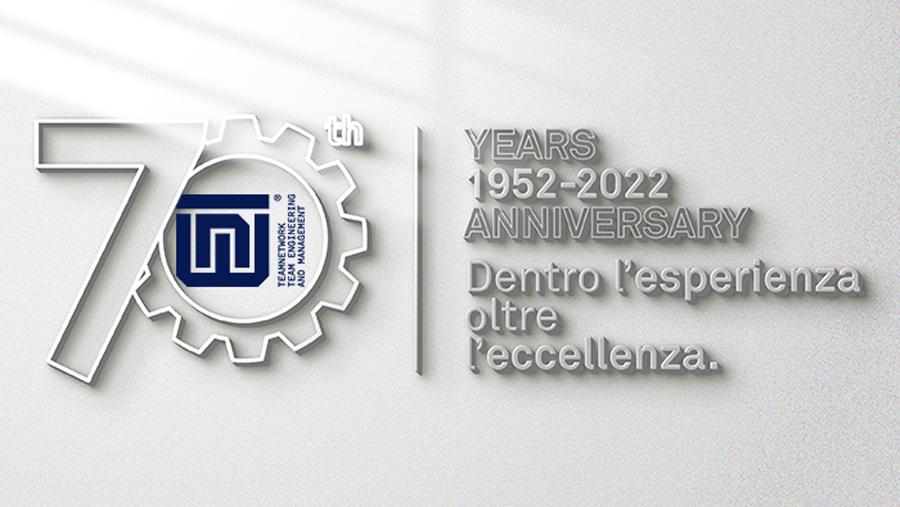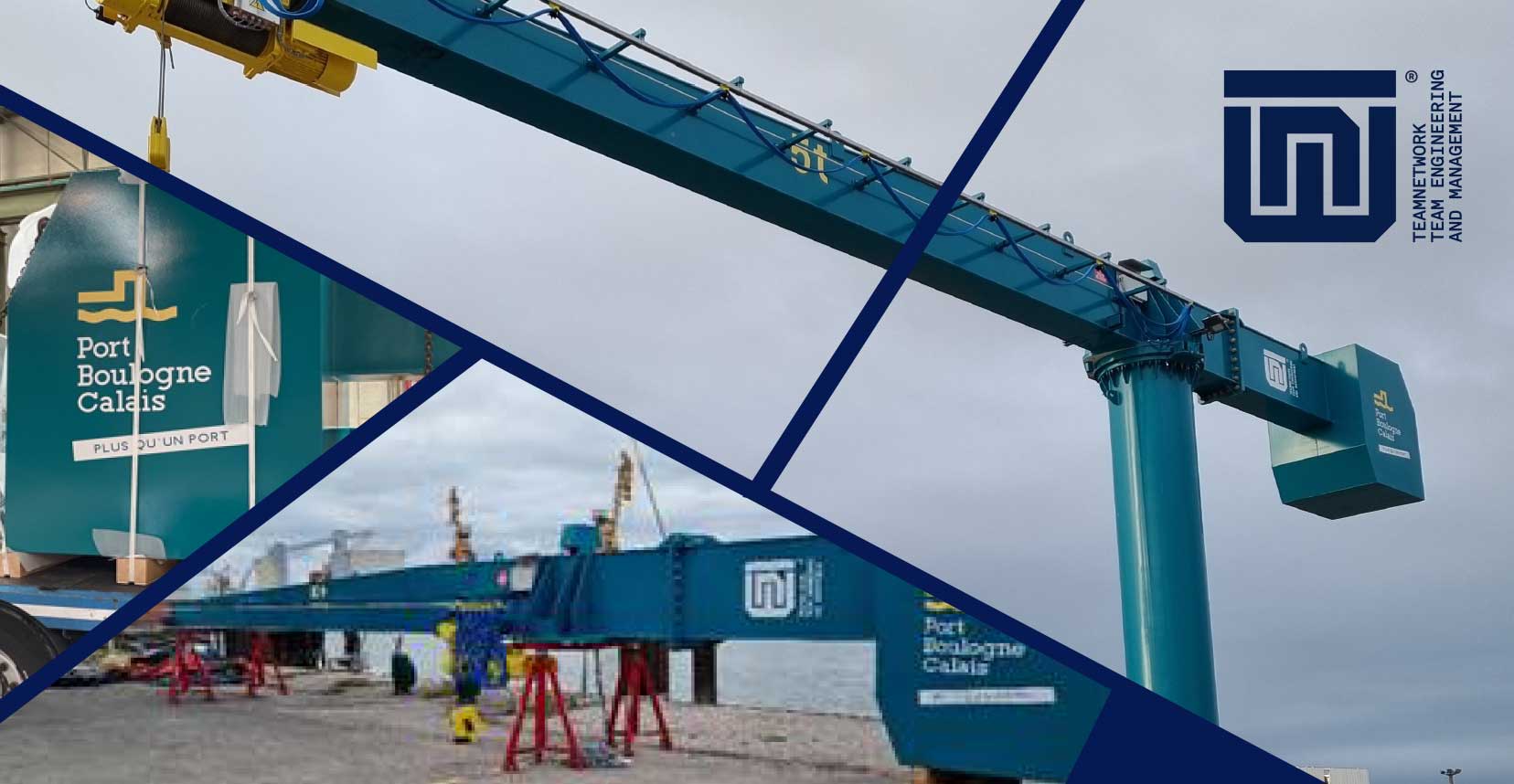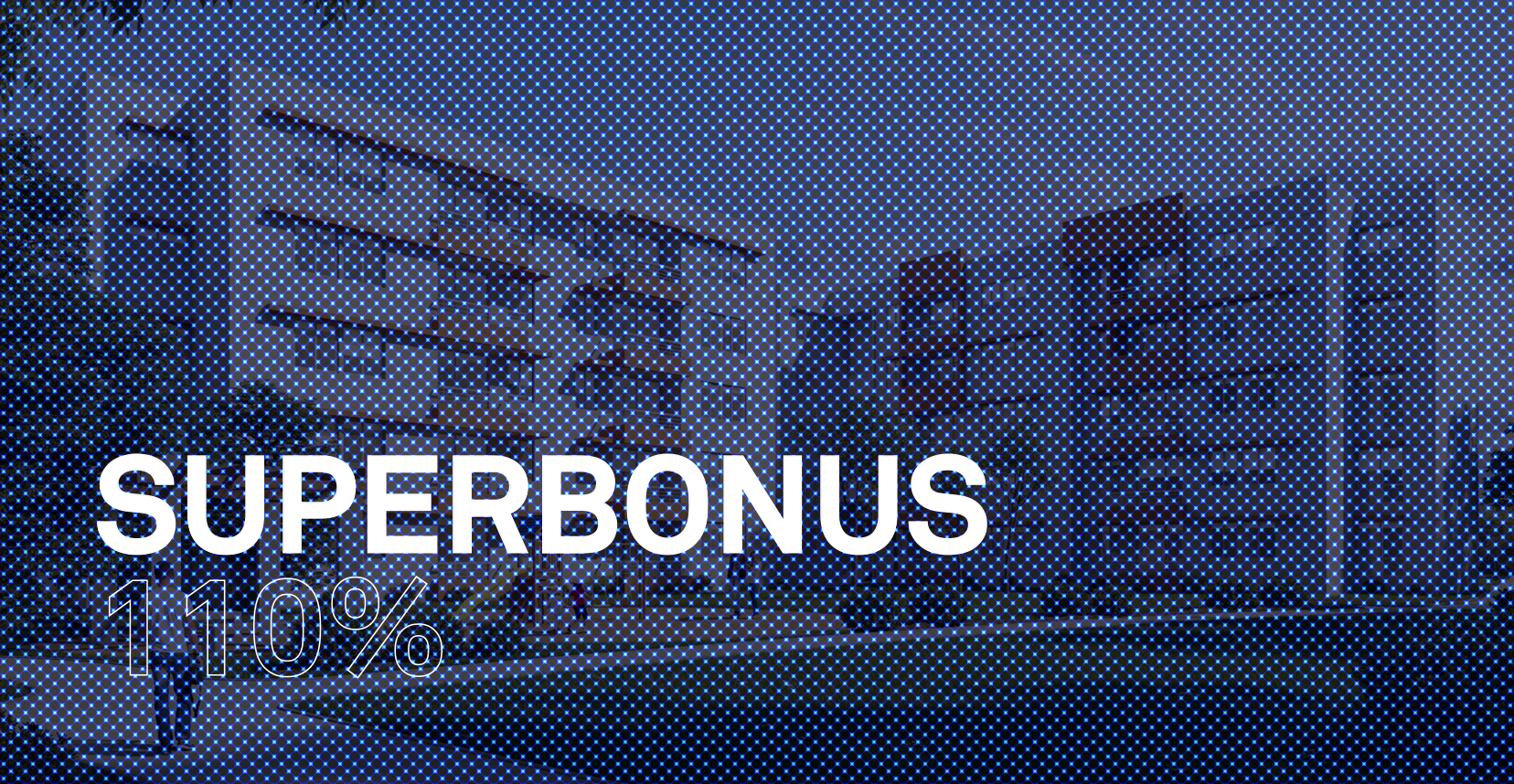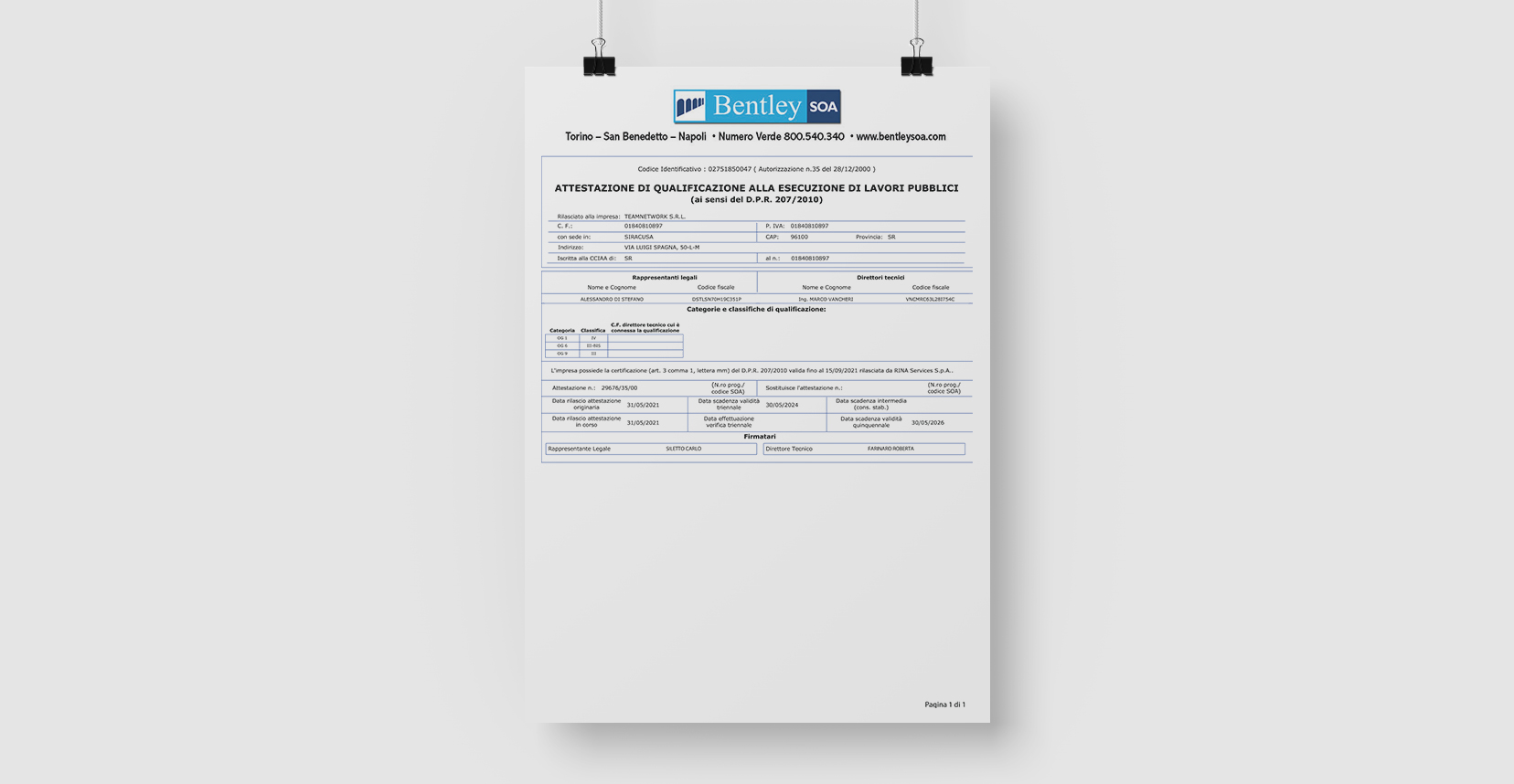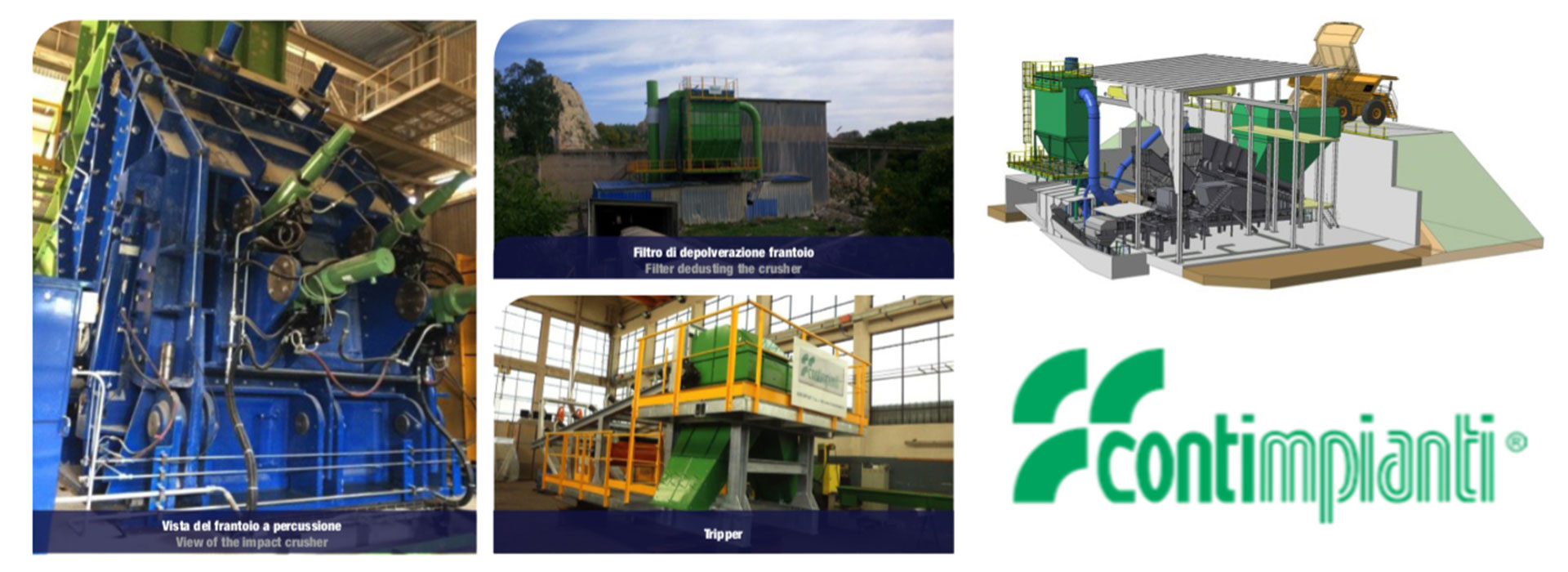
For the same client Contimpianti has recently realized, within the same cement plant, a new system for extraction and fluidization of cement silos, which is presently under completion. The state-controlled cement plant Les Ciments de Bizerte, established in 1952, is located at Sebra bay, approximately 65 km north of the Tunisian capital, Tunis. Since 1978, the year marking the beginning of its expansion, the cement plant has been totally working through dry process, with a yearly production of around 900,000 tons clinker. It is presently exploiting a mineral deposit (limestone and marl) 3 km from Bizerte that will ensure raw materials supply for the next 60 years.
Following the need of increasing the production capacity, in order to meet the progressively growing local demand as well as develop the export market, in 2011 the cement plant launched the replacing of the old kiln with a new one, with the purpose of getting a doubled daily throughput of 4,000 tons (expected annual capacity 1,320,000 tons), compared to the previous 2,000tpd. In conjunction with the increase of the kiln line capacity, the cement plant has started to make further investments, among which the revamping of raw materials crushing line.
Project timeline
In 2011 Les Ciments de Bizerte announced an international tender for the acquisition of a new crushing installation for a capacity 1,000tph, to be installed in the existing crushing building, and the subsequent adaptation to the new capacity requirements of the still existing crushed materials transport and stocking line. Contimpianti, well known to Les Ciments de Bizerte for the realization of a new system for extraction and fluidization of five cement silos, participated in the tender and, in June 2012, was awarded with the contract. The equipment was delivered in September 2013 (the delivery term of materials, according to contract, was CFR Tunis Port) and, in the following months, the necessary civil works as well as the mechanical and electrical assembly were carried out. Finally, during last May, Contimpianti completed the performance test and the Tripper training of the client’s staff.
Project scope
The project scope included the supply of following services and equipment:
- Plant and executive engineering for the whole project (civil works, mechanical and electrical engineering);
Primary impact crusher for crushing of limestone or limestone/marl mix, with nominal capacity 1,000tph, passing fraction 95% through a mesh size 100mm; - Bag filter suitable for crusher dedusting and for the type of treated raw materials; • Power and control electrical installation both for the crusher and the transport & stocking line, to be integrated into the automation of the new kiln line;
- Modification of the existing raw material transport circuit over a length of 3 km, in order to adapt the existing belt conveyors to the new production capacity; • Realization of a new stocking system (by a tripper) to be installed on the existing structure inside the raw materials storage and homogenization hall.
- Beside the supply of machines, Contimpianti was also in charge of the required civil works, the mechanical and the electrical assembly (both of them entrusted to the Tunisian company SCMMI, who is Contimpianti local partner) and, finally, the commissioning as well as the training of client’s staff, performed by Contimpianti specialists on site.
Crushing plant
Contimpianti has opted for a crusher of the German company ThyssenKrupp Industrial Solutions AG, for whom Contimpianti has been representative for the Italian market since 2010.
The materials extracted from the quarry are transported by truck to the receiving hopper. The crusher is fed by an apron feeder (mark ThyssenKrupp Industrial Solutions AG) having capacity of 1,000tph and installed power 45kW. The speed of the apron feeder is adjusted automatically by the power absorbed by the crusher motor . This kind of control assures optimal load and capacity to the crusher. The crusher can crush minerals up to a maximal lump size of 1x1x1,5m for each single stone. Externally it is made up of a welded execution frame with corrugated steel sheets. Internally it is protected by bolted armour plates that can be easily removed. A set of port-holes along the frame allow the adjustment of the inside screens, as well as the check of the wearing conditions of impact ends. Moreover, front and back sections of the frame can be opened for an easy access during maintenance operations.
The rotor, in heavy execution, is supported by two self-aligning bearings and provided with an adjusting device for keeping the same arrangement as set up initially. The six impact bars, size 110x450x2,200mm, are fixed to the rotor hydraulically.
In order to guarantee the expected material lump size, inside the crushing chamber there are two impact walls that can be regulated by hydraulic cylinders. The lower impact wall is also equipped with an integrated and hanging impact track, covering automatically the unloading distance more rapidly: in this way any metal object or foreign body can overpass the impact track quickly, without damaging the rotor. The crusher slip-ring motor, power 1300 kW, 1,000 rpm, is equipped with a starter for three starts per hour, with starting time of 25/30sec.
The crusher is properly dedusted by a bag filter, mark Contimpianti, having capacity 50,000 m3/h, filtering bags in polyester cloth Ø150x4,500mm and supplied with a compressor producing the necessary compressed air for the jet air cleaning of the bags.
Modification of the existing transport and stocking line for handling of crushed raw materials
The crushed material is collected by a belt conveyor at crusher discharge. Contimpianti has also supplied new drive units with inverter, new drive and take-up drums, all necessary safety devices for the five belt conveyors transporting the crushed material to the stocking hall, as well as the tripper mounted on the last conveyor of the transport sequence.

